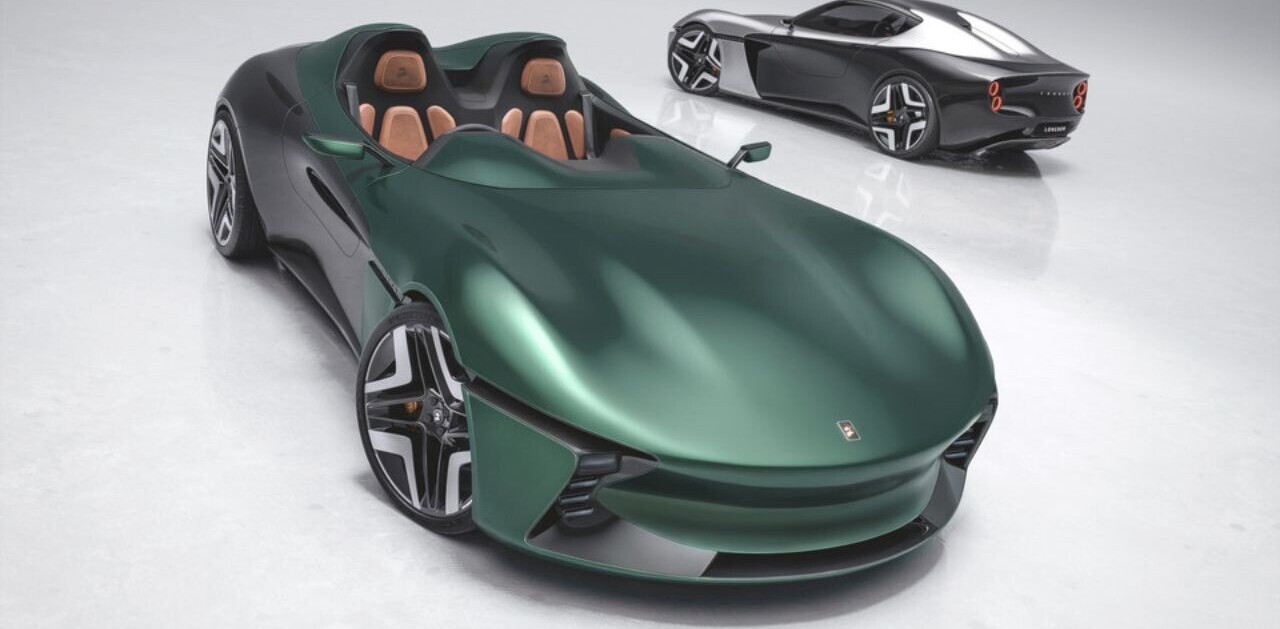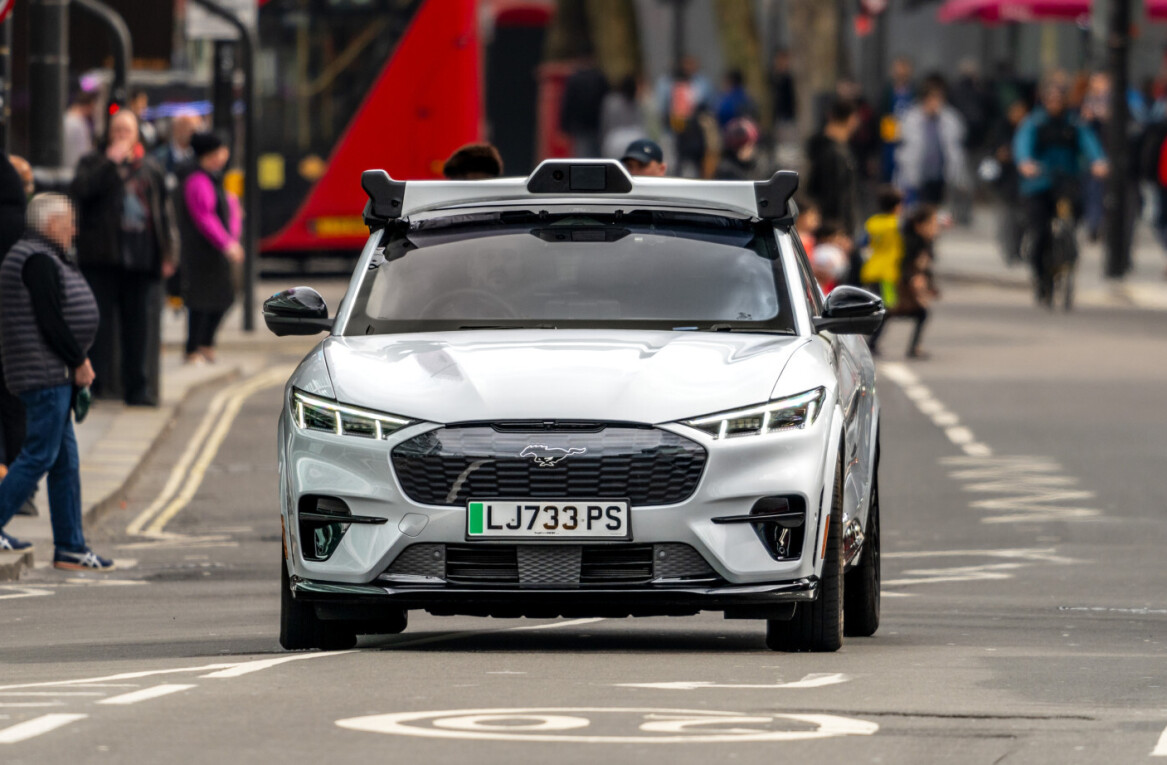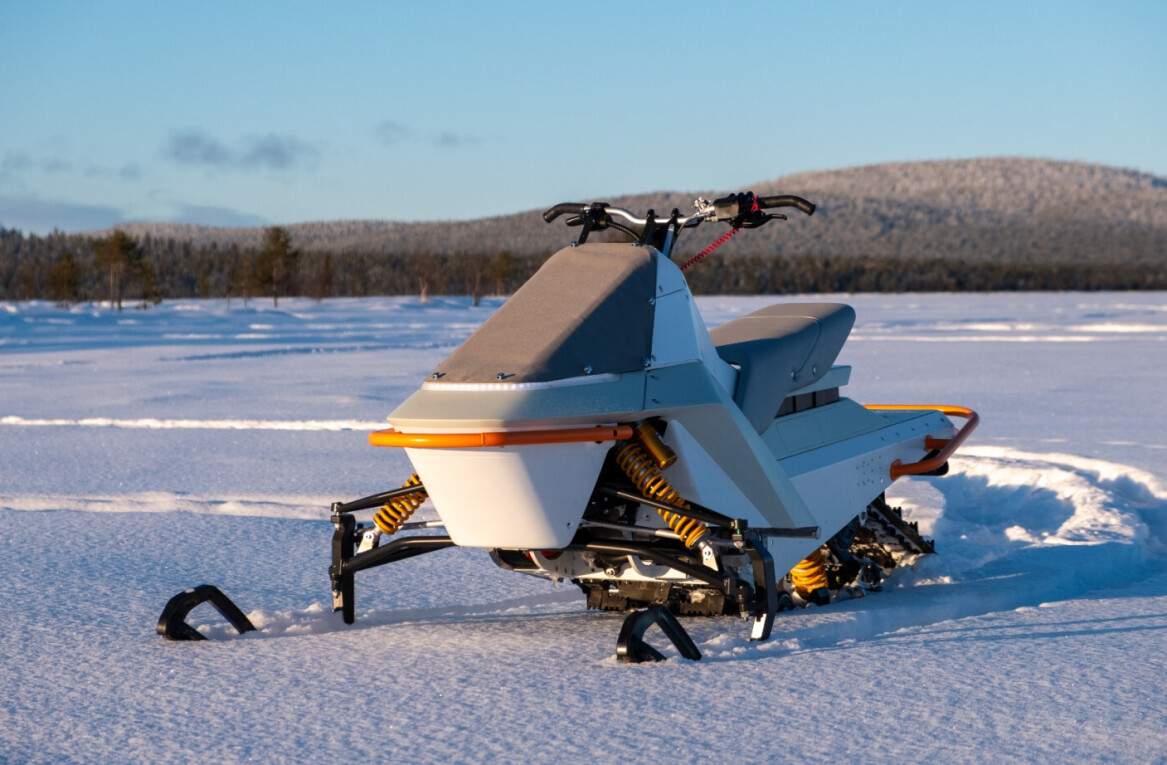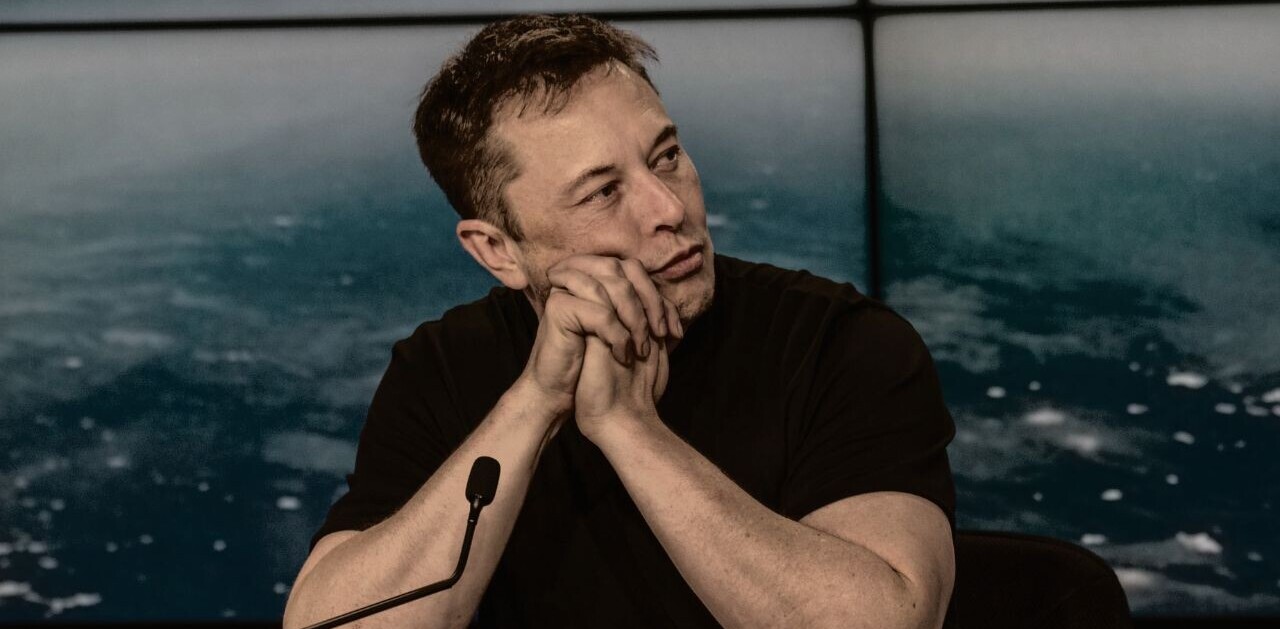
On Thursday Tesla held Tesla AI day. If you were looking for a great big product showcase by the automaker, you’d be left disappointed. Beyond anything else, it was a job fair.
Remember those days where you turn up to some event, put on a nametag, and talk to people sitting at tables about why you should work for their company? Well, Tesla did just this following a bunch of presentations.
Elon Musk admitted last month on Twitter:
“Convincing the best AI talent to join Tesla is the sole goal.”
Convincing the best AI talent to join Tesla is the sole goal
— Elon Musk (@elonmusk) July 29, 2021
An industry besieged by challenges
The last year hasn’t been great for auto Original Equipment Manufacturers (OEMs). They currently face semi-conductor, rubber, and metal shortages and the impact of factory shutdowns during COVID-19 lockdown periods. Then there’s the bigger problem of a lack of talent — suitably trained professionals to design, build, and test the cars and other vehicles of the future.
Today’s cars are effectively data centers on wheels and require workers with deep expertise in AI, robotics, and a passion for cars. Yet, auto OEMs like Tesla are struggling to attract and retain talent.
Grads don’t really want to work for most auto OEMs
For auto OEMs looking for talent, they should be worried. Employer branding specialist Universum released its 2020 list of most attractive employers for US students. In a list of 100 companies for computer science grads, here’s how car companies fared:
- Tesla — 5
- BMW — 51
- Toyota — 60
- Rolls Royce — 62
- Daimler/ Mercedes Benz — 86
- VW — 93
Ford and GM are noticeably absent. Even worse, grads would rather work at Uber (ranked at 35) and Lyft (ranked at 39.)
There’s a huge skills shortage
In 2019, research by Boston Consulting Group and Detroit Mobility Lab predicted that the US mobility industry would need as many as 30,000 additional engineers with advanced-level skills to work on self-driving and electric cars and smart-infrastructure innovations over the next decade.
Other emerging forms of mobility, including autonomous trucks and drones, could push the number of new positions even higher.
Specifically, auto engineers need to be “cross-functional ‘tinkerers,’ who have a strong foundation in mathematics and physics; deep skills in artificial intelligence, machine learning, robotics, data sciences, and software; and a passion for cars.”

It’s no surprise that auto companies frequently acquire startups to access their talent pool. Pretty much every role is embedded with technology.
Even those working the factory floor are deploying tech such as machine learning, IoT sensors, predictive analytics, robotics, and AR to construct vehicles.
Aware of this, Tesla introduced a prototype of their very own general-purpose, bi-pedal, humanoid robot that can take over unsafe, repetitive, and boring tasks. The robot will use the same computer chip and eight cameras as Tesla vehicles. It will, in the future, carry 20 kgs and move as fast as 8 kilometres per hour.
Musk said:
Can you talk to it and say, ‘please pick up that bolt and attach it to a car with that wrench,’ and it should be able to do that. ‘Please go to the store and get me the following groceries.’ That kind of thing. I think we can do that.
We can likely see the robot working in Tesla factories in the future. But it’ll be a long time before we see a fully robotic workforce — Tesla would need to hire enough suitably skilled people to be able to design, build, and train them first.
Get the TNW newsletter
Get the most important tech news in your inbox each week.





